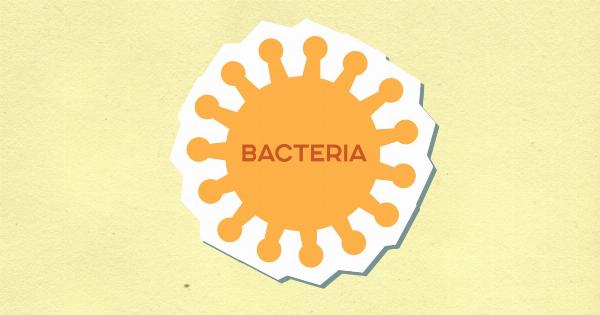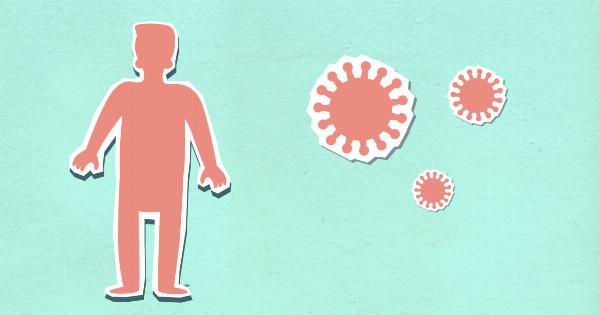HIV (Human Immunodeficiency Virus) is a virus that attacks the immune system of the body and weakens it. This makes patients with HIV more susceptible to other diseases.
HIV can cause AIDS (Acquired Immunodeficiency Syndrome), a severe health condition that leads to the breakdown of the immune system. For a long time, AIDS was considered a death sentence. However, in recent years, advancements in medication have helped HIV patients live longer with increased quality of life.
In this article, we will explore the modern drugs used to treat HIV and the increased lifespan for HIV patients.
Understanding HIV and AIDS
HIV is a virus that targets the body’s immune system. It affects the body’s CD4 cells (also known as T cells) that help the immune system fight off infections and diseases.
Once HIV enters the body, it starts to attack the CD4 cells, which weakens the immune system. As a result, a patient with HIV is more susceptible to other infections and diseases.
Without proper treatment, HIV can progress to AIDS. AIDS is the most advanced stage of HIV infection, where the body’s immune system is severely compromised. This makes it harder for the body to fight off infections.
Patients with AIDS are vulnerable to severe illnesses that can be life-threatening.
Traditional HIV Treatment
When HIV was first discovered, there were no effective treatments. However, over time, several drugs were developed that could be used to manage the virus. Traditionally, HIV treatment involved the use of drugs called antiretroviral therapy (ART).
ART is a combination of drugs that helps slow down the virus’s progression and improve the immune system’s functioning. The goal of ART is to reduce the amount of HIV in the body to undetectable levels and maintain the patient’s overall health.
Modern HIV Treatment
With the advancement in HIV medication, modern drugs are used to treat HIV. There are now several classes of drugs used to treat HIV.
Each class of drugs targets a different stage of the HIV life cycle and reduces the virus’s progression in the body.
Fusion inhibitors: These drugs prevent HIV from entering healthy immune cells by blocking the virus’s entry into the cells.
Integrase inhibitors: These drugs prevent the virus from integrating into the patient’s DNA. Integrase inhibitors work by blocking the integrase enzyme, which is critical to the virus’s ability to replicate.
Protease inhibitors: These drugs block the production of a specific enzyme required for the virus’s replication.
Reverse transcriptase inhibitors: This class of drugs is further divided into two types:.
- Nucleoside reverse transcriptase inhibitors (NTRIs): These drugs block the reverse transcriptase enzyme, preventing the virus from replicating.
- Non-nucleoside reverse transcriptase inhibitors (NNRTIs): These drugs prevent the virus from replicating by binding to the reverse transcriptase enzyme.
By using a combination of these drugs, modern HIV treatment aims to suppress the virus and maintain the patient’s health at optimal levels.
Impact of Medication On Lifespan
The use of modern HIV medication has significantly impacted the lifespan of HIV patients. Before the development of ART, HIV was considered a death sentence. However, with the use of ART, patients can now live long, healthy lives.
The use of ART has been shown to reduce HIV-related deaths and improve overall health conditions for HIV patients.
According to the World Health Organization, the use of ART has saved over 15 million lives since the therapy’s introduction in 1996.
The impact of HIV medication on lifespan is especially significant when patients start treatment early. Early initiation of ART has been shown to reduce the risk of progression to AIDS and other HIV-related illnesses.
In addition, early initiation of ART can also reduce the risk of HIV transmission. Patients with undetectable levels of HIV in their body cannot transmit the virus to others.
Challenges in HIV Treatment
While modern HIV medication has significantly impacted HIV patients’ lifespan, there are still some challenges in HIV treatment. One major challenge is adherence to medication. ART is most effective when taken consistently and correctly.
However, many patients struggle with adherence to the medication regimen due to side effects or other factors.
Another challenge is drug resistance. Over time, the virus can adapt and become resistant to certain classes of drugs. This makes it challenging to maintain an effective medication regimen for the patient, and alternative medications must be found.
Finally, there are still many patients who do not have access to modern HIV medication. This is especially true in low-income countries, where access to life-saving medication is limited.
Conclusion
HIV/AIDS was once a terminal illness, but with the development of modern HIV medication, patients can now live long, healthy lives. Medication, such as ART, suppresses the virus’s progression and improves the patient’s overall health.
The availability of medication, combined with early diagnosis and initiation of treatment, can significantly increase the lifespan of HIV patients. While there are still challenges in HIV treatment, the future looks hopeful for HIV patients.






























